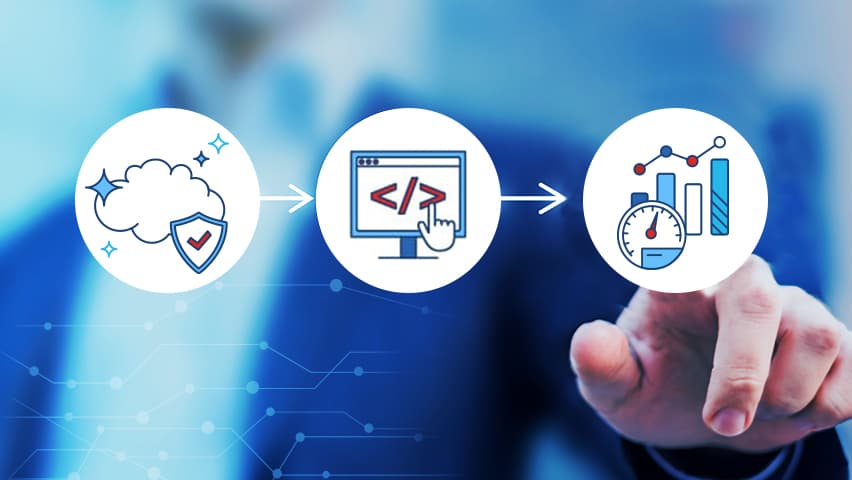As a custom software firm, Liventus is often asked to leverage technology to solve business problems. Watch our latest webinar to see how we dig into some common technology problems and solve them for our clients:
What common issues, opportunities, problems, or barriers do you find?
Cybersecurity is often overlooked. People want quick and inexpensive solutions. But when they don’t work on hardening their systems, they become vulnerable to attack from bad actors already inside networks. Once we get under the hood, we often uncover hackers already using their systems, and solve problems using technology.
Businesses can have hidden (or not-so-obvious) barriers to growth – how do you usually end up helping your partners remove those barriers?
We connect the dots by getting under the hood and fit more pieces together. Tech moves very fast and better solutions are always coming.
One barrier is unwillingness to adapt to change. Businesses can overcome that by implementing change in phases. We build separate modules of functionality with micro services that allows you to roll things out in phases over time.
Another barrier is cost – we focus on showing ROI and only suggest an approach when you have a reasonable return. It needs to be the right tech at the right price.
In terms of leasing, you want to be able handle a higher volume of deals faster. How can a company grow when it can take a week to process an application? We built automations where some processes take less than 2 minutes. Once you have automation, you can get insights from digitized data.
A by–product of automation is data: When you put intelligence on top of that data, you make better decisions. Customers today expect an Amazon–like experience when getting an equipment lease that’s quick, easy, and seamless.
You often say that cybersecurity is overlooked — can you tell me some examples and some basic measures that software developers should take to mitigate against common threats?
Companies often focus on implementing quick solutions, but quick solutions often overlook security. Cybersecurity can take more time and effort.

Some questions we ask:
- What’s the infrastructure? What tools are in place to scrub that traffic?
- Basic firewalls, packet inspection, is the storage encrypted at rest, web application firewalls – what’s being used to protect against malicious inputs?
- What kind of password complexity is in place?
- What kind of third-party libraries will be used to build the system?
What we do:
Liventus is SOC audited annually to ensure our policies and procedures have the highest standard being practiced. All engineers have special, annual development training along with bi–weekly awareness.
We have tools that analyze, scan code and environments, third-party penetration testers, and our own full–time ethical hackers to constantly find holes during our QA. For certain projects, we select a standard required by our clients, like PCI and HIPAA, and audit against that standard. We keep inventory as all third-party libraries, since you’re only as strong as weakest link.
We learn many companies that get compromised could have avoided the issue by some very basic protections. Bad actors that scan internet for known vulnerabilities will eventually find you, and the cost of a hack is significantly more than the cost to prevent it, along with your reputation. Make sure security practices aren’t overlooked and that they are taken into account during the development phase.

Dan Levin was the speaker for this webinar and answered questions asked by the attendees. Dan co-founded Liventus, Inc. in 2002 as a spin off of ECS Financial Services, Inc. alongside current CEO, Samuel Oliva. Dan has significant software development and business competencies in the Fintech, Loyalty & Engagement, Financing & Leading, and eCommerce industries. He has programmed, architected, and currently oversees complex high-volume and mission-critical custom software systems that conduct over a billion dollars annually. In addition, Dan has played a key role in business and website acquisitions as well as internal systems development.

